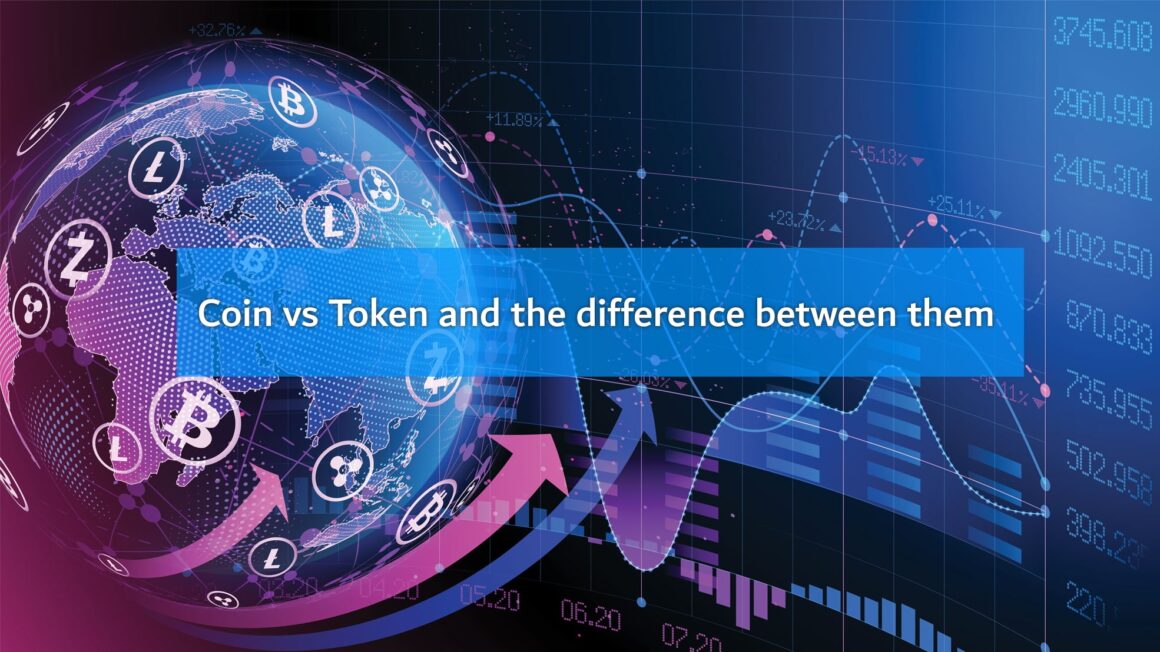The point is that a coin and a token are very similar on a fundamental level. They both represent value and can process payments. You can also exchange coins for tokens and vice versa. On a fundamental level, both crypto coins and tokens are similar, but they are two different things – all coins are tokens, but not all tokens are considered coins.
Interestingly, many users don’t even know if they are buying crypto-tokens or crypto-coins. At a basic level, the key difference between the two is only in their usefulness. There are things you can do with tokens, but not with coins. On the other hand, some trading floors accept coins, not tokens. It’s like comparing investors and traders – all traders invest, but not all investors trade. Note that most cryptocurrency users typically own both coins and tokens.
When bitcoin first appeared, it set the standard for what it means to be a coin. There are clear qualities that distinguish crypto coins from tokens, which are similar to real money.
A coin is defined by the following characteristics:
1. Operates on a blockchain. Blockchain keeps track of all transactions in which the native crypto coin is involved.
When you pay someone using Ethereum, the check is sent to the Ethereum blockchain. If that same person later pays you with bitcoin, the receipt goes into the bitcoin blockchain. Each transaction is encrypted and available to anyone on the network.
2. Acts like money. Bitcoin was created for the sole purpose of replacing traditional money. The paradoxical appeal of transparency and anonymity inspired the creation of other coins, including ETH, NEO and Litecoin.
Today, many large corporations such as Amazon, Microsoft and Tesla can be used to buy goods and services using crypto coins. Bitcoin recently became El Salvador’s official currency along with the U.S. dollar.
3. You can mine. Crypto coins can be earned in two ways. The first is traditional Proof of Work mining. Bitcoin hunters use this method to increase their income. The problem is that there are not many bitcoins left to mine, so the process is getting harder every day.
The other method, Proof of Stake, is a more modern approach to earning coins. It is less energy-consuming and simpler. Cardano is one of the largest coins to adopt this system.
Unlike crypto coins, tokens do not have their own blockchain. They work on the blockchains of cryptocurrencies. For example, many tokens run on Ethereum. Stablecoins, whose value is usually tied to the U.S. dollar, also belong to this category.
Transactions of crypto coins are done using a blockchain, while tokens rely on smart contracts. They are a set of codes that facilitate transactions between two users. Each blockchain uses its own set of smart contracts.
Tokens are easier to create with smart contracts on top of an existing blockchain. A single blockchain can contain thousands of tokens. Tokens on Ethereum include Maker, BAT, Tether and others, Subburrage said.
When a token is exchanged, it physically moves from one place to another. The best example to understand this is non-functional tokens, or NFTs. They are proof of ownership. So the change of ownership is done manually.
NFTs have only sentimental or artistic value, they can only have one owner. Otherwise, they are similar to utility tokens, except that they cannot be obliged to provide any services.
In contrast, crypto coins do not move, as only the account balance changes. This is very similar to bank transfers, where real money does not move, only value is transferred. Both banks recognize the balance change.
The same thing happens when transferring crypto coins on a blockchain. The user’s cryptocurrency wallet balance changes and the transaction is marked on the blockchain.
Another difference between the two concepts is their representation. A crypto coin is a digital version of an underlying value that can be disputed, whereas tokens carry an asset or deed.
Tokens can be bought with coins, but some tokens can carry more value than either. For example, a company’s stock. However, tokens have some limitations, and they may not have the liquidity that coins offer.
Cryptocurrencies coins can be mined: Cryptocurrencies can be mined, and it is possible in two ways. The first is traditional Proof of Work mining. Crypto-coins were a substitute for money: The sole purpose of launching Bitcoin was to replace fiat currency, which has not succeeded so far or in a bright future. All other uses of tokens have evolved over time.
Tokens cannot be mined and must be exchanged with each other through cryptocurrency exchanges because they are built on different, non-standardized code protocols. Conversely, Ethereum tokens (e.g., ERC-20) can be exchanged through back-end applications between each other with minimal friction because they are built on standardized code protocols.

